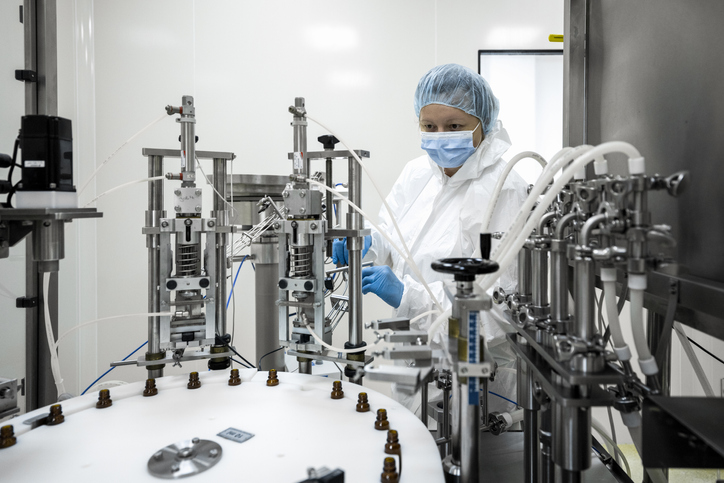Biosimilars (non-branded versions of large molecule originator medicines) have impacted the drug market in recent years increasing their market share as healthcare providers have opted for lower cost alternatives to established products.
They have also impacted the manufacturing sector by stimulating innovation in areas like process development, separation, and in-line analytics, according to the author of a new study.
The specific steps required to win approval for a biosimilar differ for each market. However, in general, developers need to show the product is like the innovator drug on which it is based.
Charge variant profiles
This need is driving the development of new analytical methods, says Sriram Seshadri, PhD, associate professor and academic coordinator, from the Institute of Science at Nirma University in Gujarat, India, who cites charge variant profile assessment as an example.
“Charge variant profiles are important to show biosimilarity with the innovator molecule. If the profiles are not comparable, then the biosimilar manufacturer needs to justify the differences to the regulators,” points out Seshadri. “The extent of this justification depends on the specific regulators in the target market but, in essence, the developer will need to show that those differences are not clinically meaningful,”
As a result, biosimilar developers have embraced methods such as cation exchange chromatography (CEX-HPLC) and liquid chromatography–mass spectrometry (LC–MS) to try and prove similarity.
Biosimilars are also leading to innovations in process optimization, continues Seshadri, adding that “the need to make consistent products at the lowest possible cost encourages developers to make production as efficient as possible.”
Technology suppliers
Technology suppliers have recognized the opportunity presented by the demands of the biosimilars industry, says Seshadri.
“The emergence of biosimilars provided more opportunities for the creation of new downstream processes not only for biosimilar organizations but also for the partners supplying different kinds of resins, membranes, filters, and other things stuff for process development,” he notes. “Biosimilars have increased the scope for understanding and characterization the molecule,” citing separation science as an example which gives product developers a wider choice of technologies.
“There are many resins and membranes available nowadays that are different from traditional methods in terms of better resolution, efficiency and of course cost advantages,” he explains.
Beyond characterization and separation, the biosimilars market is likely to keep on changing manufacturing, as in the case of automation.
“Automation will play a crucial role in the production of biosimilars where manual interventions will be minimal and no chance of any contamination. This will ensure batch success at a large scale.”


